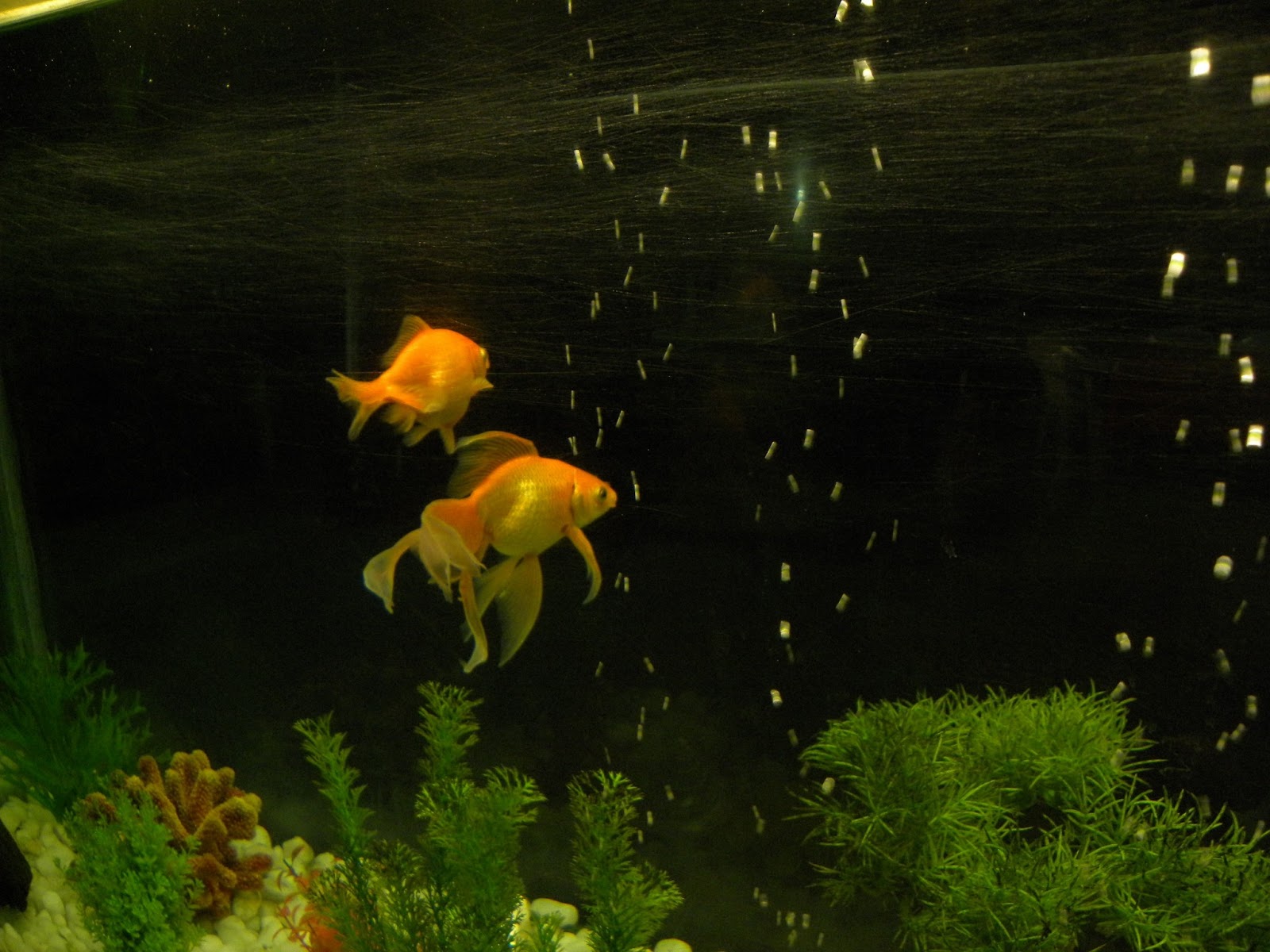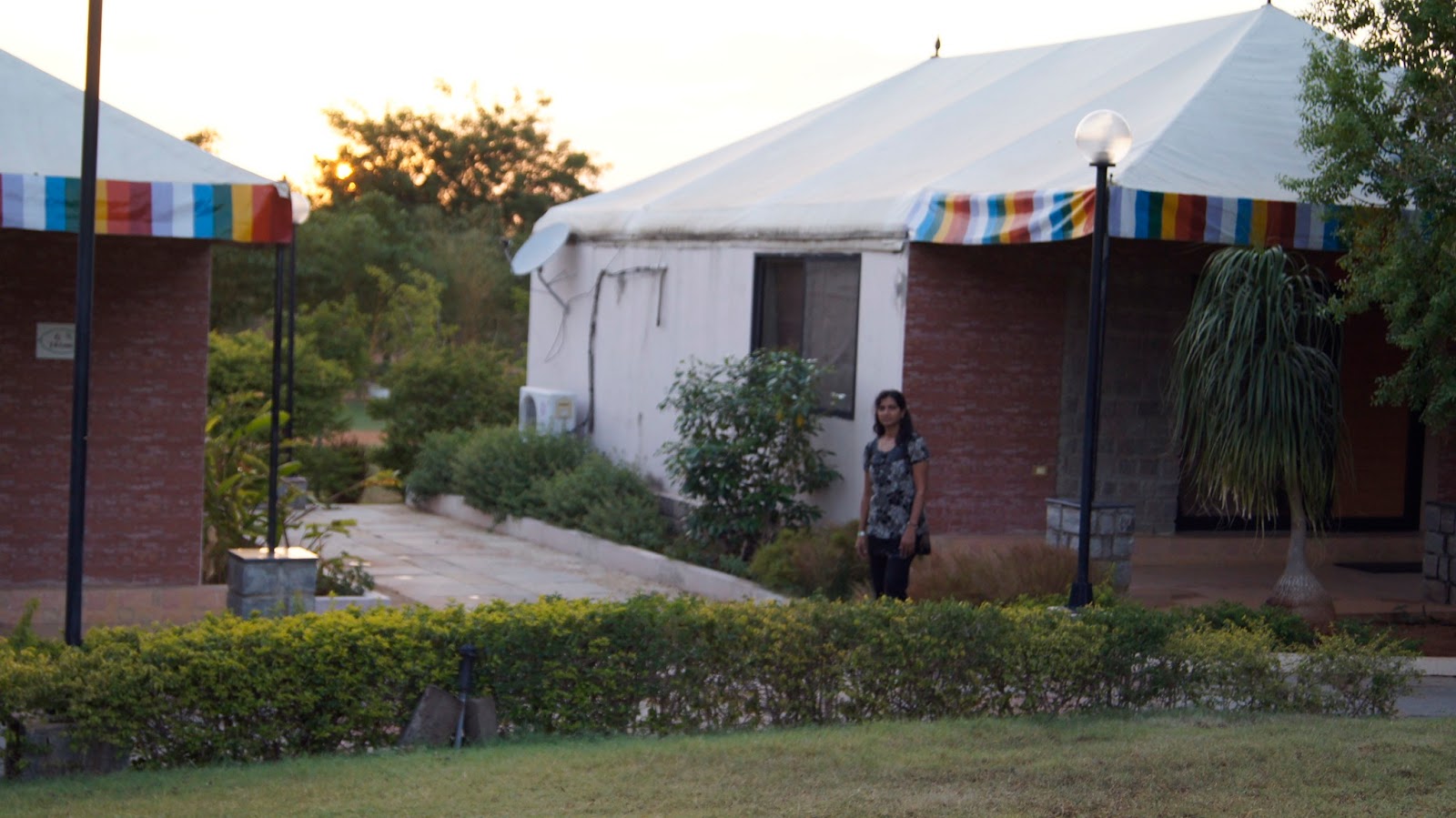No classrooms - just the right kind of environment for today's students: Mobile
learning – a natural extension of e-learning.
Slightly different from e-learning (location bound), mobile
learning aims to do provide anytime, anywhere learning through mobiles instead
of laptops and computers. E-learning can be defined as
the delivery of content via electronic media including Intranet, Internet, Extranets,
audio-video tape, satellite broadcast, interactive TV, and CD-ROM. M-learning is the macro concept that includes
online and mobile learning environments through mobile computational devices:
palms, windows CE machines, even digital cell phone.
Mobile learning has begun to spread its wings with smartphones and tablets
making their way to every hand.
6 out of 10 people or more than 6 billion people aound the
world are carrying a powerful computing device in their pockets and purses. 76
million people across India are capable of accessing data services out of 286
million wireless subscribers. The increasing ubiquity of the mobile phone begs
for it to be used as a learning tool. It would be a shame if we were unable to
leverage it to improve socio-economic conditions in our vast population. Let me
talk about how mobile learning can be used to provide learners with better
opportunities and enhanced learning outcomes.

Technology is a key factor to make m-learning a success and developers
are still fumbling with products. Reason??? Mobiles
consuming a fraction of the energy and made at significantly lower cost, the
other factor being low mobile internet penetration rates in our country. Cell
phones complement the short-attention, casual, multitasking style of today’s
young learners. Almost every sector
will benefit from the use of m-learning; however the biggest impact is on:
Education, Agriculture and Healthcare sectors.
Four
basic parameters for production and development of m-learning are:
·
Social interactivity: The data can be easily sent to friends,
colleagues and others via short messages. You can exchange data with other
people and gain considerable knowledge.
·
Connectivity: Connectivity plays an extremely important
role and is the backbone of m-learning. With the help of this connectivity
network, one can connect to data collection devices, other mobile phones and to
a common network.
·
Sensitivity to the context: M-learning has the ability
of gathering data unique to the current location, environment and time, which
includes both types of data—real and simulated.
·
Portability: Since mobile phones can be carried easily
everywhere information access through this platform is easy and quite fast
The 3R’s (reading,
writing and arithmetic) of Pre-net generation skills v/s 4R’s (record, recall,
relate and reprint) of net generation skills.
Some of the
major benefits of m-learning are:
- Mobile phones, PDAs or tablets holding notes and e-books are lighter and
can facilitate the whole m-learning process with ease unlike bags full of
files, papers and text-books
- Writing with a stylus pen is more effective than using keyboard and
mouse.
- Mobile devices can be used anywhere, anytime, including offices, homes
or when in transit.
- These devices engage learners through mobile phones, gadgets and games
devices such as game Boys. It makes the device invaluable. This technology may
contribute to combat the digital divide, as mobile devices are generally
cheaper than desktop computers.
- The size, shape, weight, and portability of mobile devices have made
them extremely effective for users with permanent or temporary disabilities.
- SMS can be used to access information to staff and learners more easily
and quickly than phone calls or e-mails.
Despite
the paramount importance of many benefits of m-learning in education, there are
the following drawbacks also:
- The memory or the storage capacity of m-learning is limited.
- Discharged batteries can result in loss of important data as there is
the need to charge regularly.
- It is quite difficult to do job on graphics. Lack of common platforms,
i.e., horizontal screens with some handheld computers, and small scale screens
with mobile phones are difficult to operate.
- The market is fast moving so devices are becoming outdated quite
quickly.
- When using wireless networks, bandwidth may degrade with increasing
users.
Being an ID (Instructional Designer) by profession, our elearning developing team
that includes Graphic Designers and Programmers ensure that we are more
familiar with HTML 5 and some critical design conventions in order to make mobile
applications a success. The evolution of HTML will further boost the power of
mobile devices, accelerating changes in the way people consume content and the
potential use of smartphones and tablets as both a marketing platform and a
productivity tool.
People learn through listening, observing, imitating, questioning,
reflecting, trying, estimating, predicting, speculating, and practicing. All of
these learning processes can be supported through mobile phones. HTML5 allows programs to run through a Web browser rather than a specific
operating system or plug-in. This means consumers will be able to access the
same programs and cloud-based content from any device-personal computers,
laptops, smartphones, or tablets-because the browser is the common platform.
An
appeal for use of gaming for learning using mobile phones depends on the cost
of development and deployment of applications, which are quite high. With
increasingly capable hardware and connectivity available and dropping costs, it’s
only a matter of time before learning games on mobile become commonplace.
In
the future, we will see mobile phones, computers and various other
computing/media devices (iPods, Digital Cameras, PDAs, etc.) getting into a
single personal mobile computing device. At such a time, the differentiation
between eLearning and mLearning will cease to exist; all learning will be
electronic and mobile.
M-learning
being the recent technological innovation in classroom situations will help teaching-learning
experiences in the productive manner in the future. I would love to know what you think about the future of mobile
learning in India. Till then..... go mobile :)



































